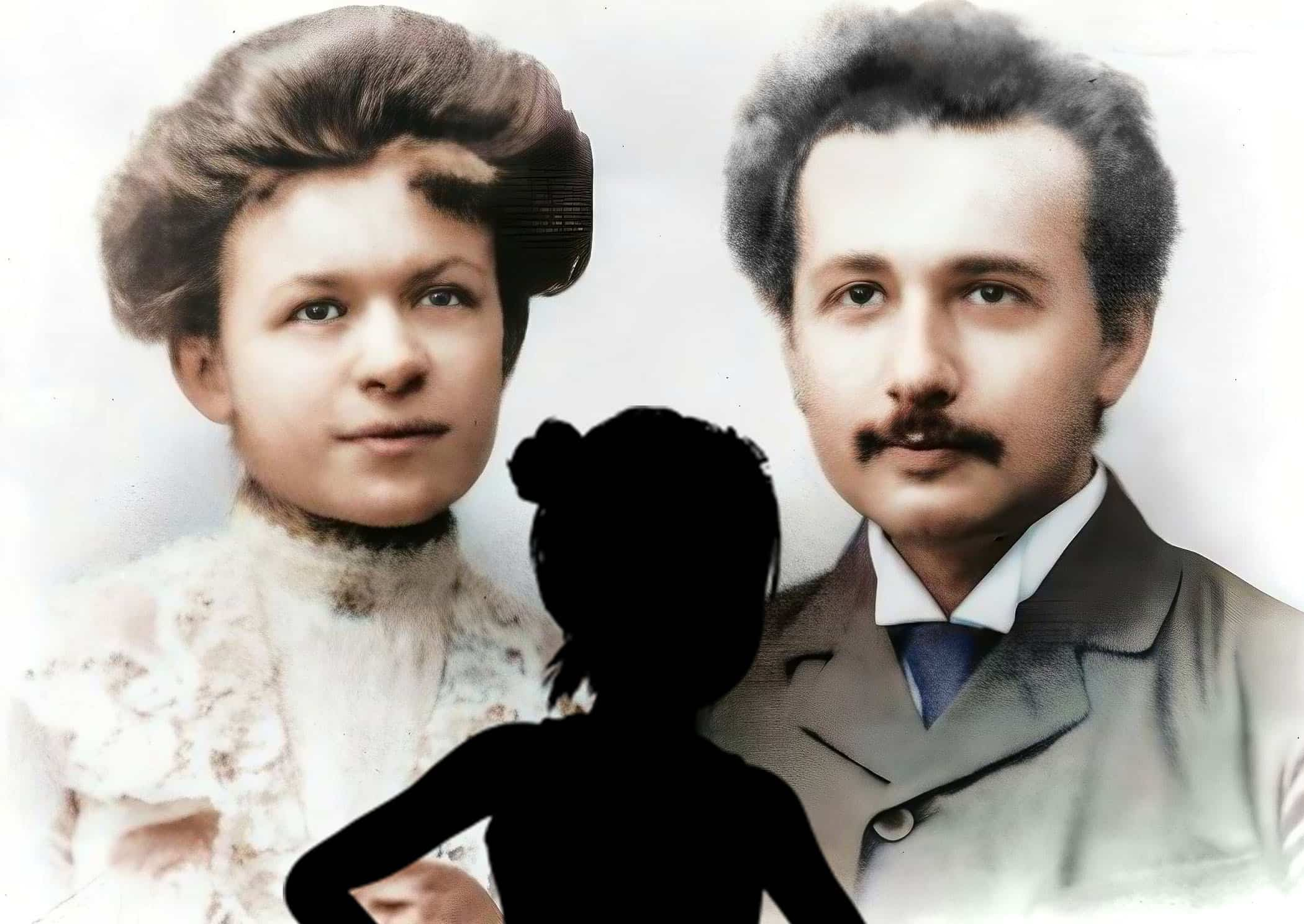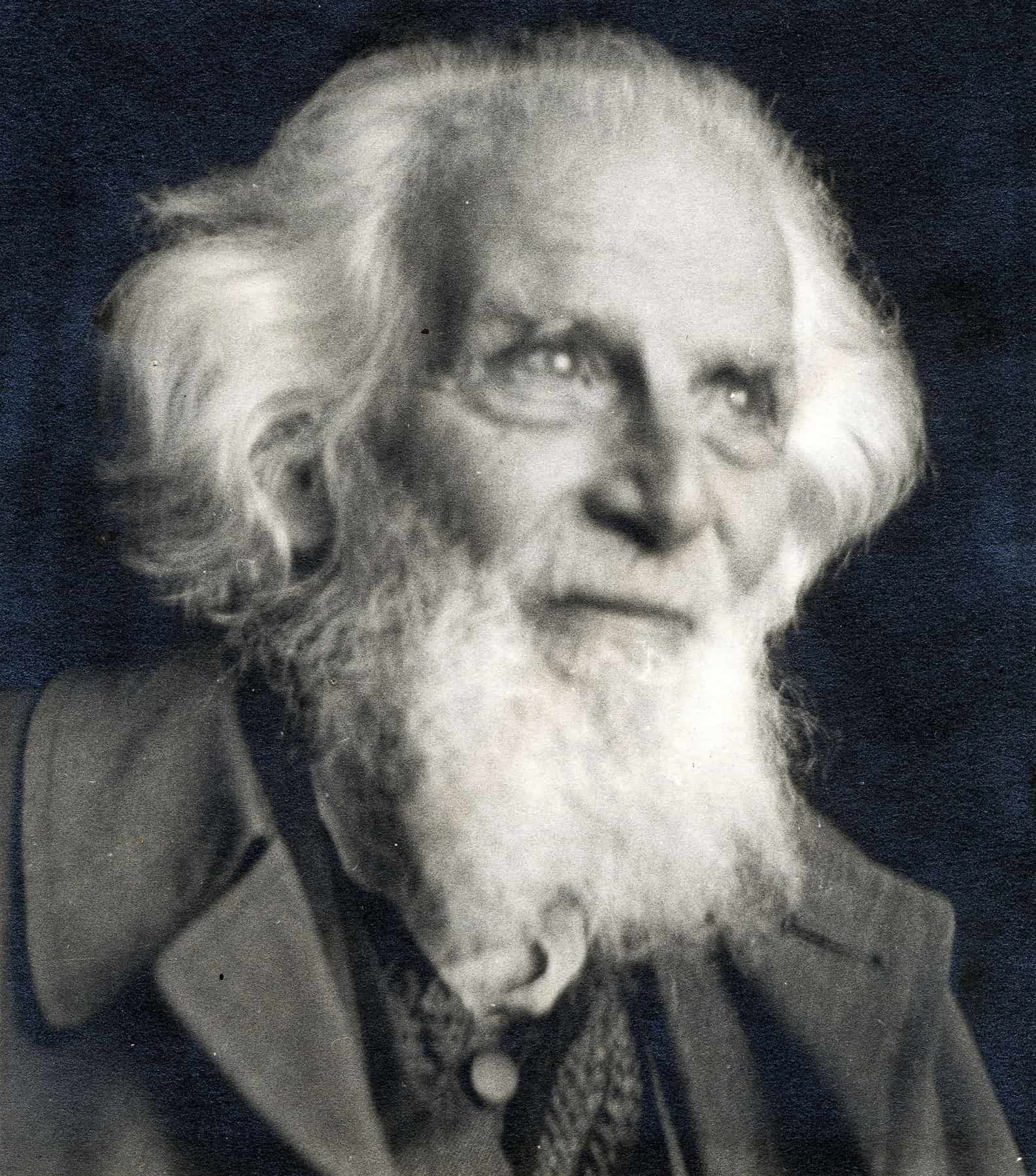Hans Albert Einstein: The Story of Einstein’s First Son
Hans Albert Einstein was the oldest son of Albert Einstein and Mileva Marić. He was a renowned Swiss-American engineer and pioneer in sediment dynamics. Despite his father's strong disapproval, he married Frieda Knecht.






